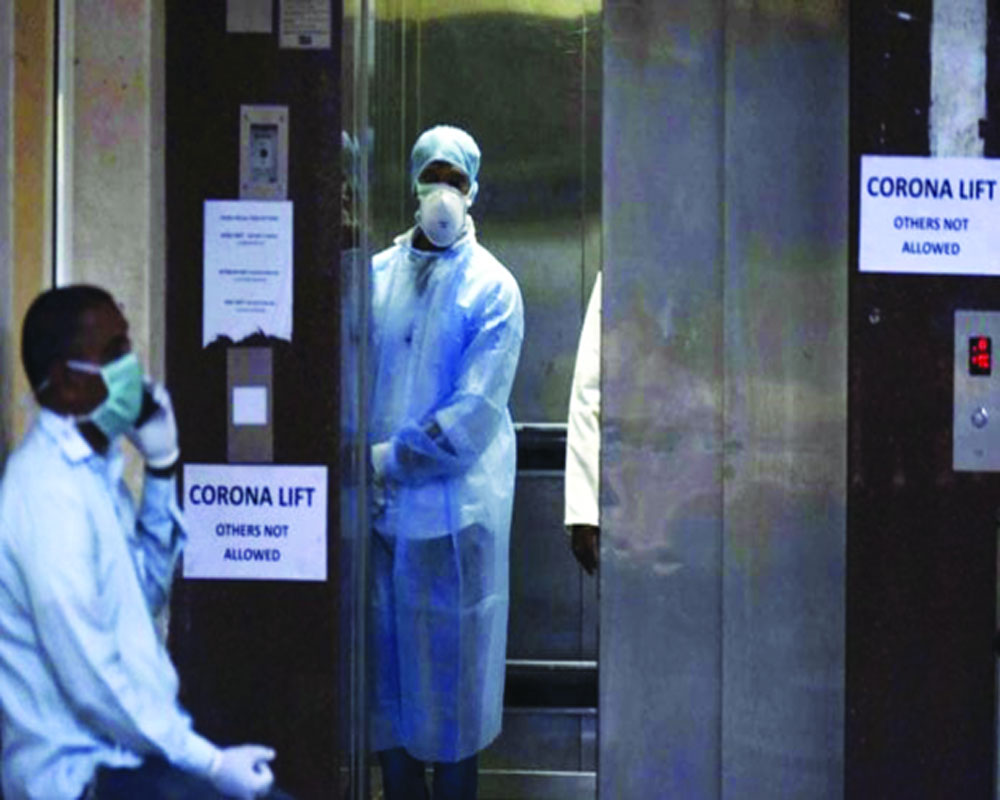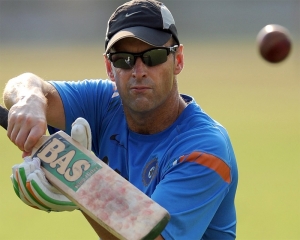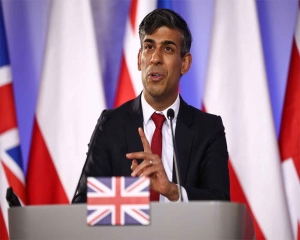As we run against time in our battle to fight the virus, we need to scale up domestic manufacture of medical devices
The Coronavirus spiral was inevitable but now that it is squeezing health infrastructure and medical care staff, we are battling a second front of the disease, when it attacks the preparedness. Doctors and care-givers from around the country have complained, even threatened to go on strike, because they do not have enough personal protective equipment (PPE), namely coveralls, gloves, goggles, masks and so on. There have been reports of frontline staff making use of raincoats and anything else that they can lay their hands on. The lockdown and the migration of labour have meant that even those manufacturing these essential gear are not being able to roll them out at breakneck speed. Though there is no dearth of Indian innovation — like the Pune virologist’s version of the test kits, IITs’ collective efforts to roll out apparatus or even car companies’ offer to make ventilators — the fact of the matter is these are all small-scale efforts. What is needed is a massive rollout, which, because of policy hurdles, delay in placing orders and over-dependence, like the West, on China for crucial components, has been halted badly. Even the contracts being handled by domestic companies are of a small to middling nature, with no capabilities to scale up output. It would be easy enough to attribute the scarcity to a global trend, arguing all countries battling the coronavirus are facing it as well. But we didn’t plan it as well with the Government ordering PPEs just before the lockdown. Safety wear would now need at least three weeks to be readied domestically, considering imports are not that reliable with most infected countries dependent on factory floors in China and Southeast Asia. China has just about emerged after the first wave of the virus and its manufacturing prowess is still not 100 per cent. The Government could also not have exported 90 tonnes of medical equipment and safety gear to Serbia at this time of a national emergency, confirmed by a tweet from the United Nations Development Programme (UNDP) though denied by the Health Ministry. Leave aside N95, even the triple layer surgical masks are not available for healthcare staff. There is also the issue of facilitating working capital for these units in the time of lockdown. As for chemicals and disinfectants, India has been dependent on China for critical intermediate goods and components. With so much dependence on China, particularly for raw materials, it is difficult to find easy replacements.
As we ride this unprecedented World War III, that literally came from nowhere and hit us before we could realise it, what should be the road looking ahead? Simply prioritise our health sector and go back to home-grown drug and health equipment manufacturing. They were there before but globalisation meant these units were sidelined and lost out on the cost advantage to cheaper imports. And now that the virus may spur the process of de-globalisation as it were, we need to begin with crucial sectors that impact national safety, health and well-being. Immediately after Wuhan, the Government drew up a list of 38 drug raw materials that it wants locally produced to end the country’s dependence on Chinese imports. Some of our key life-saving drugs, including those for cardio-vascular issues, use active pharmaceutical ingredients (APIs), which are solely sourced from China. Indian drugmakers import around 70 per cent of their total bulk drugs from China. Now there is no time for committees, policy or pondering. There is already a Make in India wishlist suggesting ways to make India one of the top five medical devices manufacturing hubs in the world. Most domestic manufacturers have in pre-crisis days shut their idling units and become importers and traders themselves. We have ignored an industry that could have helped us stave off this crisis. What else explains that though there are 1,000 domestic medical devices manufacturers, only 15 have a turnover of above Rs 200 crore and the rest are less than Rs 10 crore. If they are to scale up, then they need an enabling ecosystem, a level-playing field vis-a-vis imports and assured volumes. The last won’t be difficult given India’s huge market for healthcare, projected to be the fourth largest in Asia. Post-Corona, the demand is not expected to dip but rise. This way we can easily end our import dependence by 70-90 per cent. And be self-sufficient in the time of unforeseen crisis.


























